Follow These 8 Rules To Keep Double Bogeys Off Your Scorecard
Joel Tadman runs through the 8 rules golfers need to follow if they want to keep double bogeys off their scorecard, with the help of data from Shot Scope
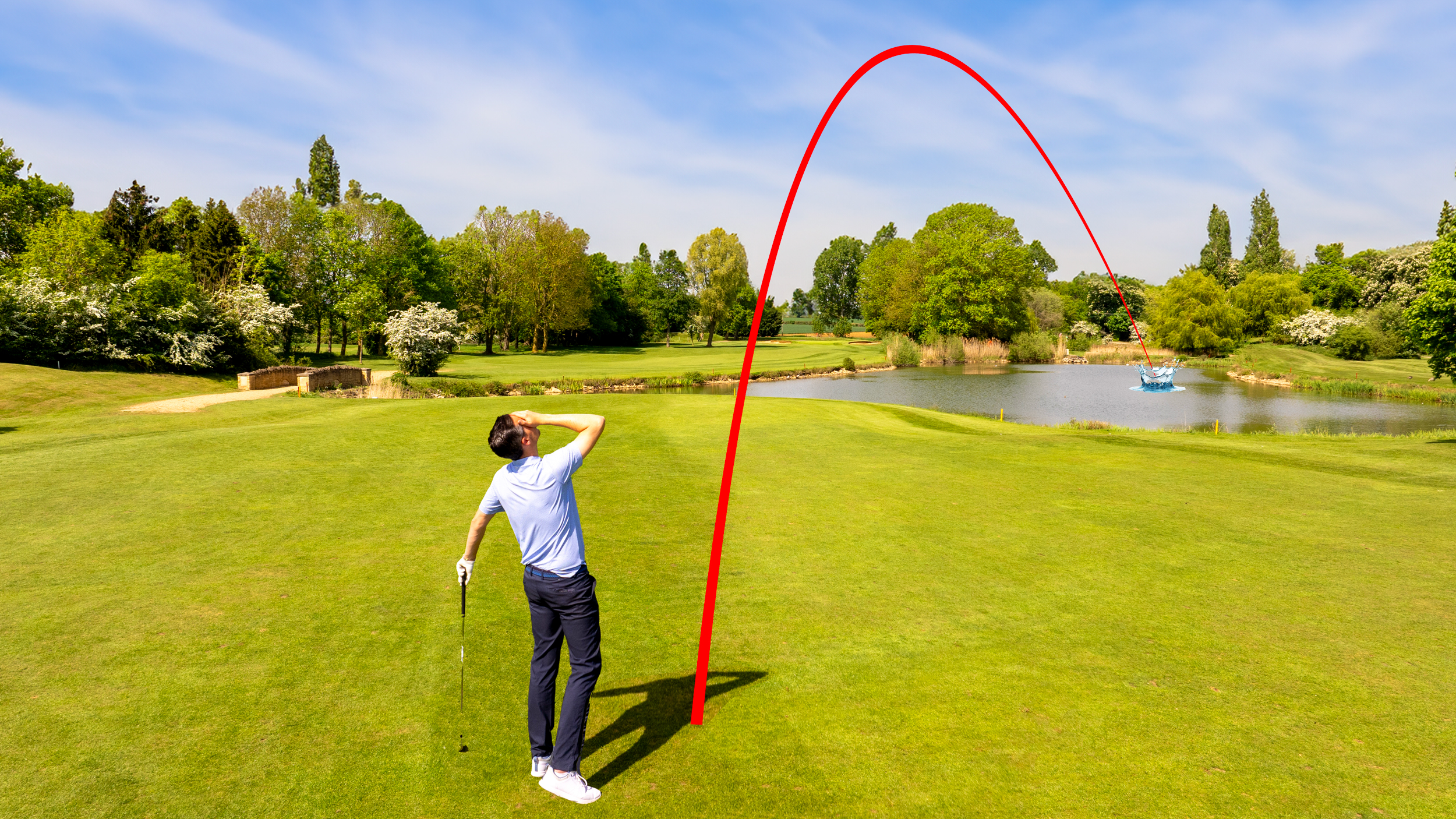

The key to shooting lower scores and getting your handicap down is not all about making a barrage of birdies (although that would certainly help), it’s actually more about keeping those double bogeys or worse off your scorecard. A 15 handicap golfer makes nearly five double bogeys a round, so taking steps to address this should be a priority.
With the help of data from Shot Scope, makers of some of the best golf watches and performance tracking technology, we’ve compiled eight proven strategies that are guaranteed to reduce the frequency with which double bogeys occur to unlock an improvement in your scores. Now it's worth pointing out that some of the points may slightly contradict eachother, but in isolation they will all help keep those damaging doubles off the card.
WATCH: We run through the 8 ways you can make fewer double bogeys
1. Hit it further off the tee
This sounds glaringly obvious (who doesn’t want to hit it further off the tee) but the data shows there is a clear and direct correlation between distance off the tee and score. The further you hit the ball, the less likely it is that you’ll make a double bogey so off the tee you should be making every effort to get as far down the hole as possible. We know there is very little accuracy benefit to hitting 3-wood versus driver and that being in the rough a long way down the hole is better than being in the fairway with a longer shot into the green.
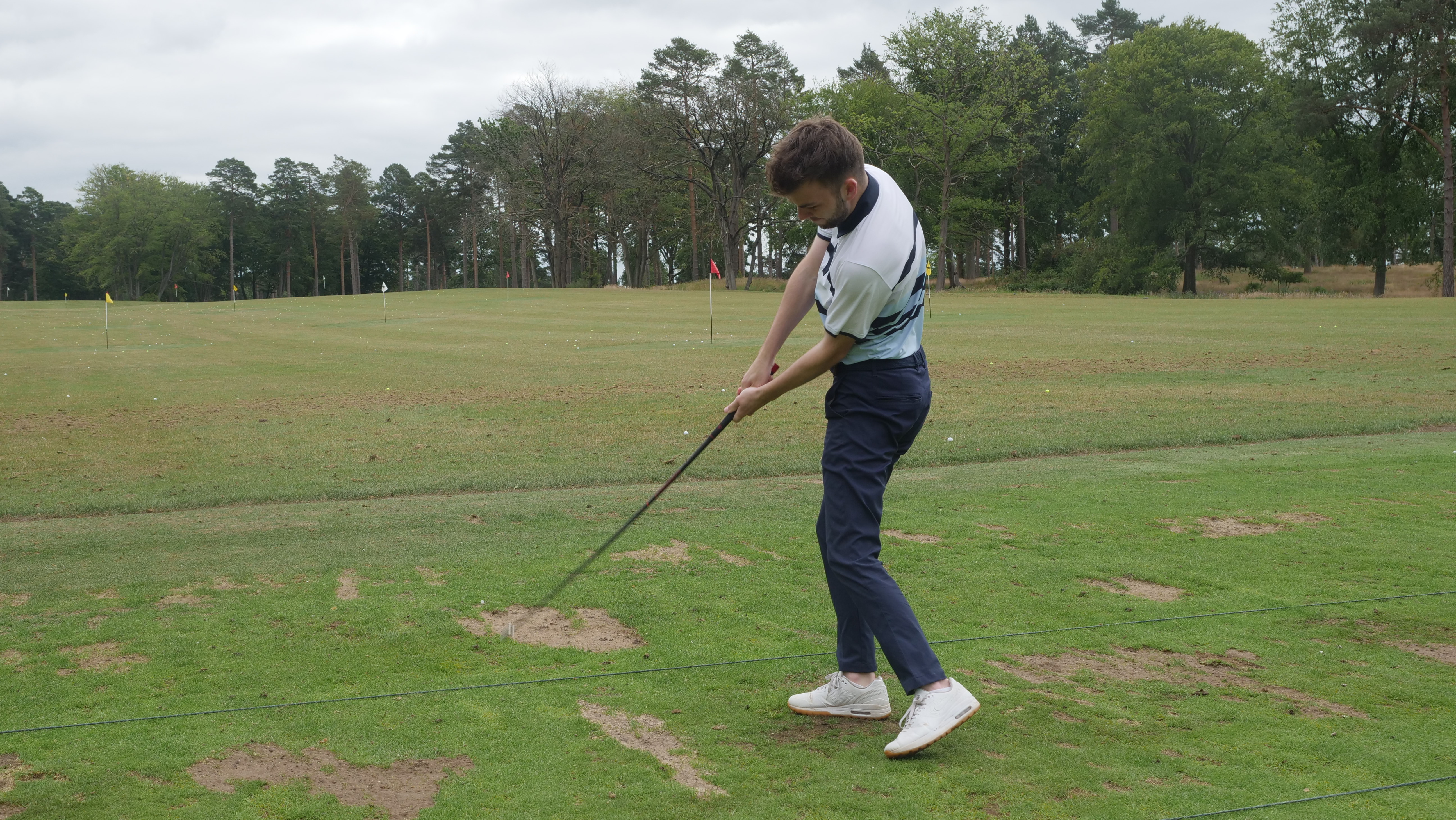
Speed training is one way you can gain distance off the tee
Perhaps some speed training, with Superspeed Speed Sticks or the GForce driver swing trainer, is in order to gain more yardage. You could work on striking the ball better or curving the ball less through the air to maximise your distance output. So unless you know your driver at a normal distance is going to be reaching a penalty area or other very serious trouble, let her rip as fast as you can and deal with the consequence on the next shot.
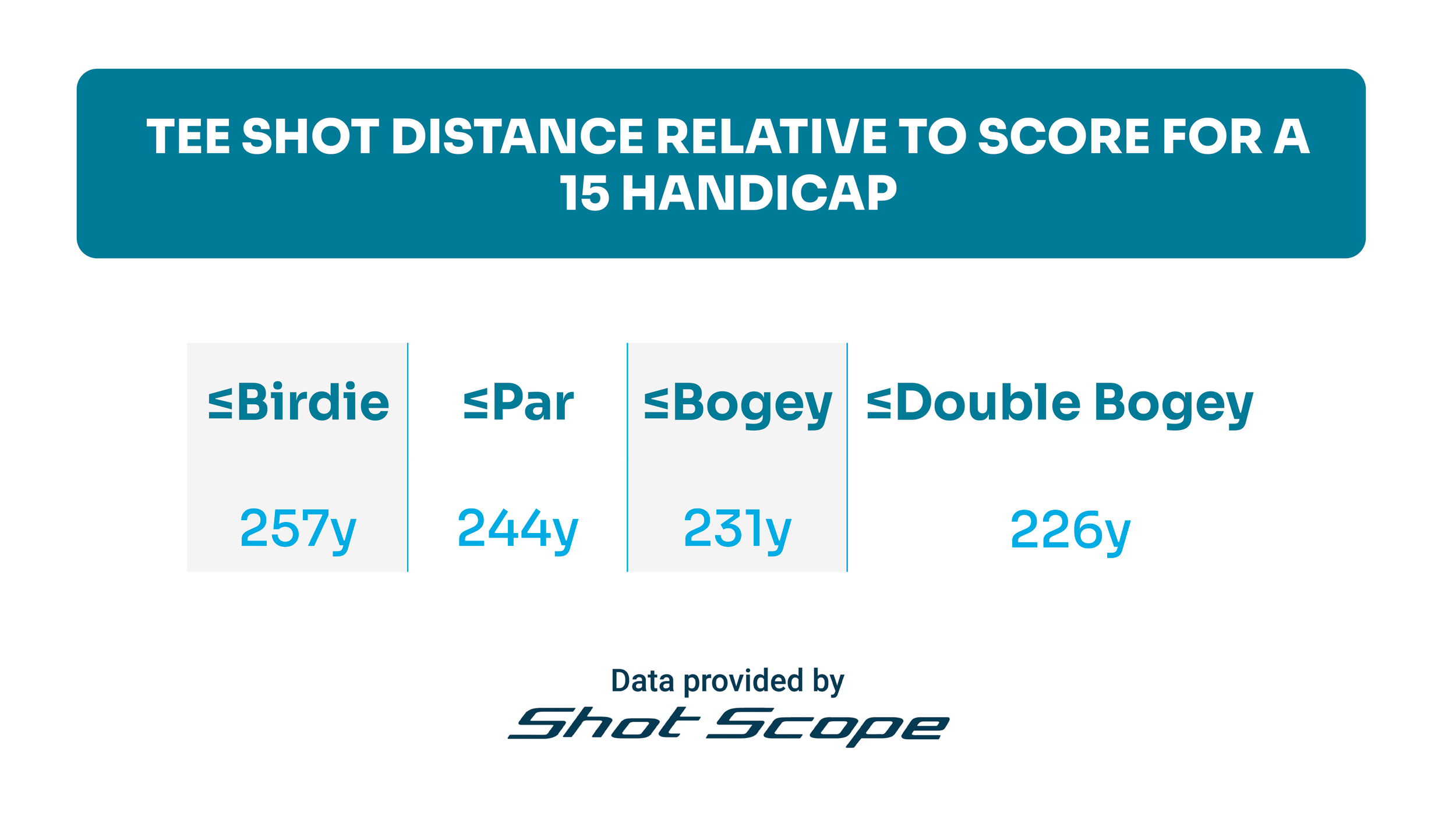
2. Avoid penalty areas, bunkers and lost balls
Being as long as possible off the tee is key but not to the point where it brings serious trouble like bunkers, penalty areas and out of bounds into play. The stats show you’re half a shot worse off on a hole if you find a fairway bunker versus the fairway so those need to be avoided. Whether you favor distance (in point 1) or accuracy depends on a whole host of factors like the situation of the round, the wind, how you're playing on the day etc so you have to make a judgement call on what works for you in that moment.
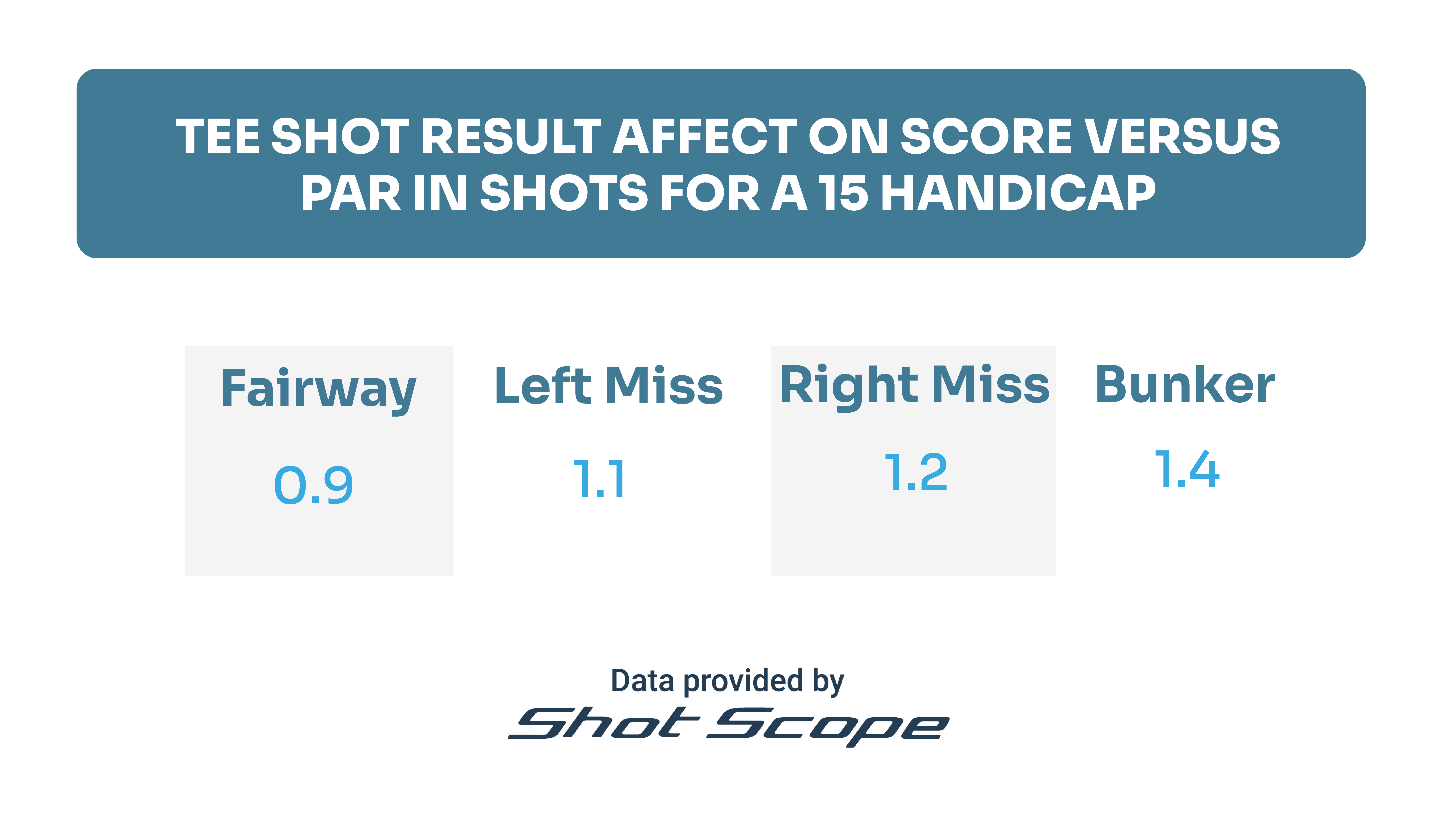
A 25 handicapper loses nearly six balls a round, which is not only making the game incredibly expensive but it’s also massively hurting your scores. To help avoid these troublesome tee shots, use tech to help you get a better understanding of what lies in wait for you at your driving distance. Also try and develop a shot that you know curves one way - a two way miss is one of the most destructive traits any golfer can have. At least then you can allow for this with your aim and take one side of the course out of play.
Subscribe to the Golf Monthly newsletter to stay up to date with all the latest tour news, equipment news, reviews, head-to-heads and buyer’s guides from our team of experienced experts.

Some watches like the Shot Scope V5 have color hole maps so you can see what trouble lies ahead at your driving distance
3. Don’t get greedy from fairway bunkers
The temptation is to get as close to the green as possible from fairway bunkers, but playing shorter and making sure you get the ball out first time is a surefire way to reduce the risk of double bogey after a bad tee shot. The last thing you want to do is get too greedy, hit the lip and see your ball roll back into your divot and you’re faced with an even more difficult shot than before. Take your medicine by choosing a club that will definitely clear the lip and follow these fairway bunker play tips from Peter Finch to ensure you escape the sand first time and give yourself a chance of making bogey at worst.
4. Don’t follow a bad shot with another
The stats show there’s actually minimal difference between the number of birdies per round between many ability levels but the number of double bogeys goes up considerably by 2 per round from a 15 to 20 handicap golfer. Bad shots happen - we all know this - but it’s important to banish this from your brain and focus on hitting a good shot next time around. Compounding errors is something you never see the best players do and there’s a reason for that.

Bad shots (like a shank) happen, but focus on hitting a good shot next time around
So the most important shot is always the next one, forget about what has gone before. Avoiding taking on the miracle shots, be it a 30-yard hook round a tree, attacking tucked away pins, long carries over water, is one way to stop compounding errors. This is slightly different in matchplay, which is a format that affords a more gung ho approach, but in strokeplay it pays to be more conservative most of the time.
5. Chip with less loft
Nearly all abilities of golfer have a lower shots-to-finish stat with a low lofted club like an 8 or 9 iron than they do a sand or lob wedge. So providing you don’t have an obstacle to go over that requires elevation, practice chipping with a lower lofted club where the ball is running towards the hole. A shorter swing means less can go wrong and if you apply more of a putting technique taking the wrists out of play, you should achieve better contact more consistently.
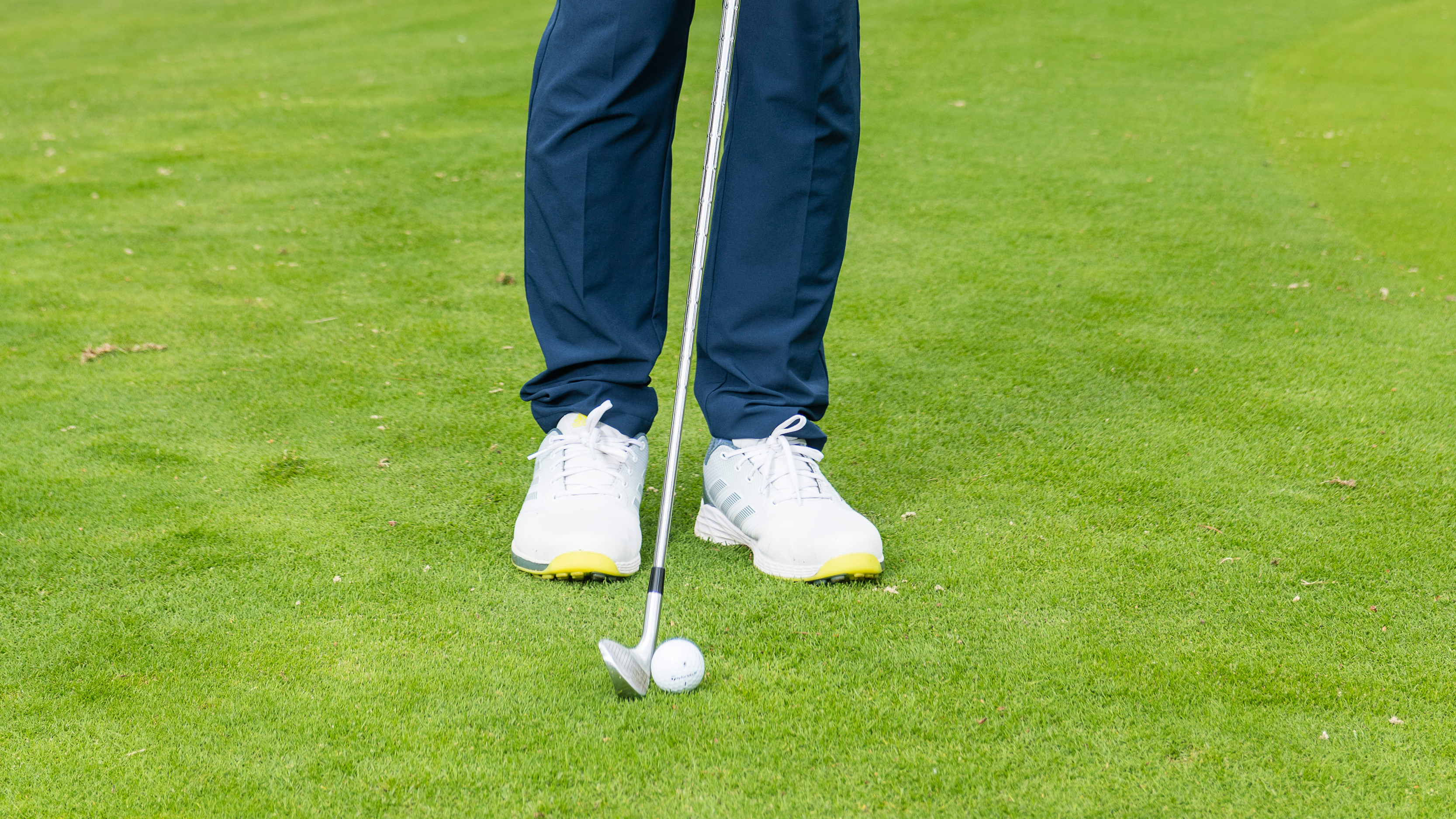
Chipping with less loft where you can should enhance your chances of getting up and down
6. Develop a fail safe bunker technique
On average you’re about half as likely to get up and down from a bunker as you are anywhere else on the course. So clearly greenside bunkers are a problem and especially high handicappers who often struggle to get out of the sand at all on their first or second try and rack up a big score as a result. Not getting cute with tight flags is one way you could reduce the risk of making double - focusing on getting the ball out first time to the fat part of the green along with trying some of these bunker play tips and drills from Peter Finch should help your scores come down, especially if you’re a mid or high handicap golfer.

Getting the ball out of the sand should be your number one priority
7. Reduce three putts
Poor lag putting leads to unnecessary strokes on the greens in the form of destructive three putts and so developing a system for controlling pace is critical. A good drill to try is to putt a ball 30 feet, then putt another ball just past it and another just short of it. This fine tunes your feel and the adjustments you need to make to your stroke length and tempo to send the ball different distances.

Putting to a tee is a good practice drill to improve short range success
8. Hole more short range putts
The 3-6 feet is the area where golfers can make real progress, especially high handicappers given that 25 handicaps only make 48% of putts from this range whereas a tour player is up at around 85%.
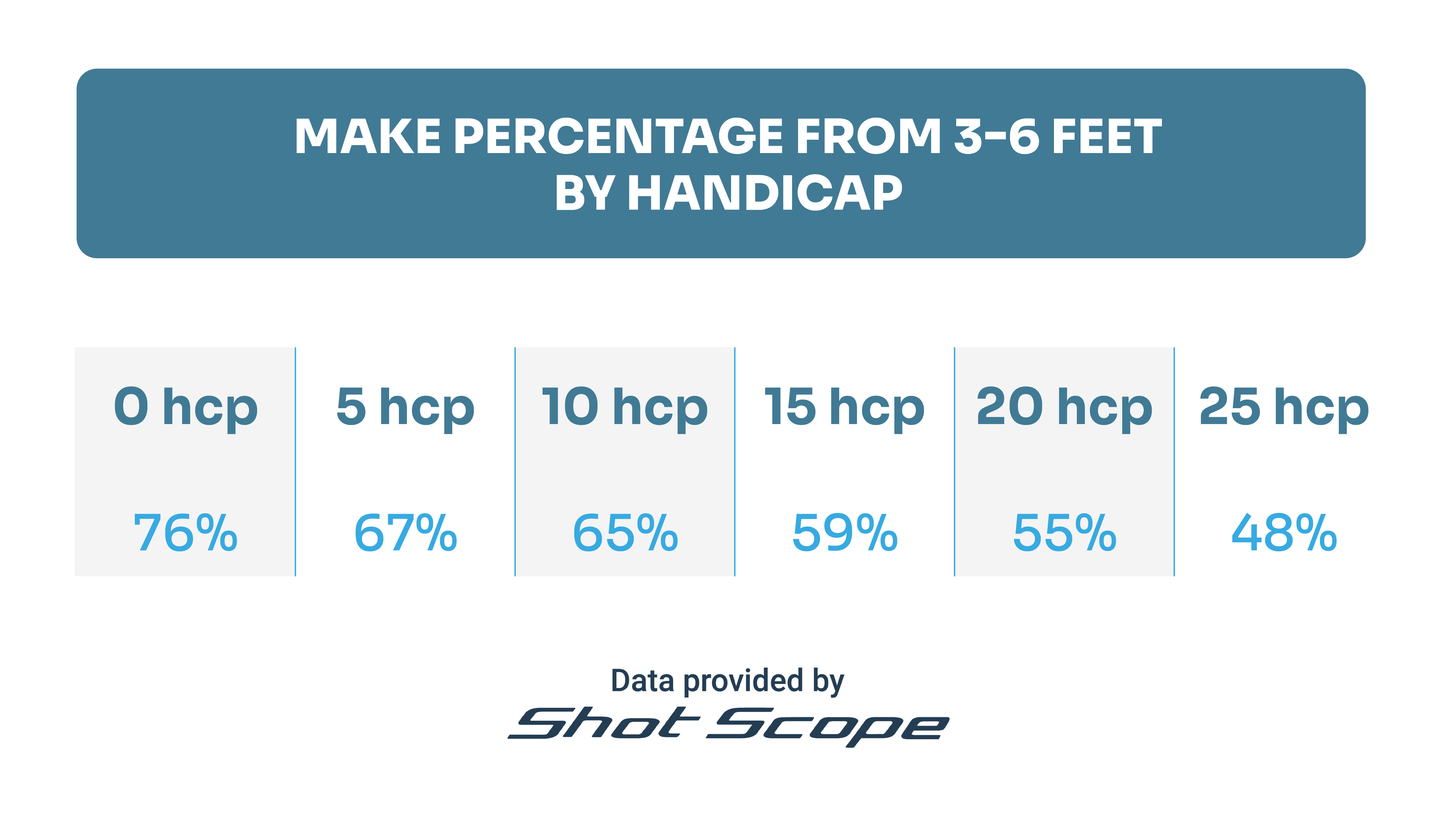
Short putting doesn’t require physical attributes like speed, strength or flexibility, so pretty much anyone can improve this particular skill of returning the putter face back to square at impact on a consistent basis. A drill recommended by PGA Pro Joe Ferguson is to putt to a tee peg rather than a hole to narrow your focus and increase your margin for error on the course.

Joel has worked in the golf industry for over 15 years covering both instruction and more recently equipment. He now oversees all equipment and video content at Golf Monthly, managing a team of talented and passionate writers and presenters in delivering the most thorough and accurate reviews, buying advice, comparisons and deals to help the reader or viewer find exactly what they are looking for.
One of his career highlights came when covering the 2012 Masters he got to play the sacred Augusta National course on the Monday after the tournament concluded, shooting a respectable 86 with just one par and four birdies. To date, his best ever round of golf is a 5-under 67 back in 2011. He currently plays his golf at Burghley Park Golf Club in Stamford, Lincs, with a handicap index of 3.1.
Joel's current What's In The Bag?
Driver: Titleist GT3, 9°, Fujikura Ventus Black 6 S shaft.
Fairway wood: Titleist TSR3, 15°
Hybrid: Titleist TSi2, 18°
Irons: Titleist T150, 4-PW
Wedges: Titleist Vokey SM10, 50°, 54° and 58°
Putter: LAB Golf DF3
Ball: 2025 Titleist Pro V1x
You must confirm your public display name before commenting
Please logout and then login again, you will then be prompted to enter your display name.